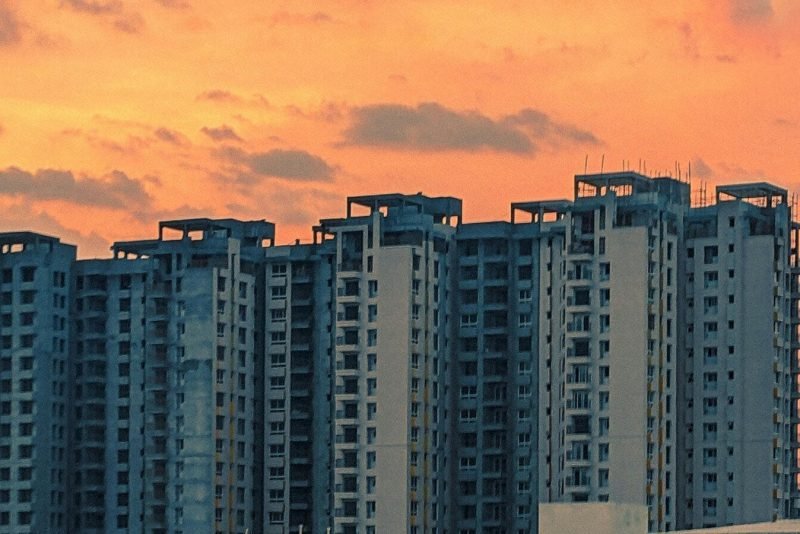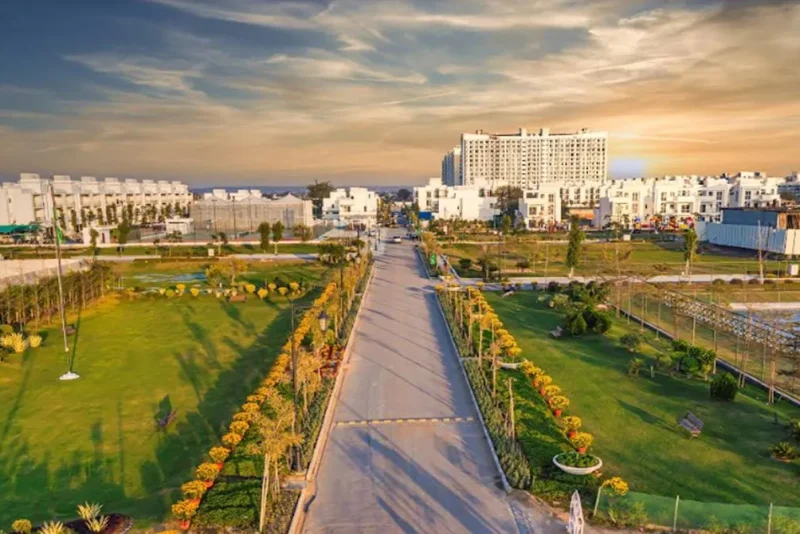According to the Anarock-CII study, the pan-India market share for shared working spaces will increase from 3 percent to 4.2 percent in the next 12 months, with a 15 to 20 percent increase in growth.
Another report by Knight Frank India states that the commercial segment in India witnessed a huge surge in the second half of 2020. The top eight Indian cities recorded a transaction of 22.2 mn sq. ft. during the period, while the new completions were at 17.2 mn sq. ft. The National Capital Region (NCR) registered a 24 percent increase in office leasing during the same period as compared to the previous one. Gurugram and Noida with a share of 45 percent and 43 percent respectively dominated in overall occupancy in the region. This indicates that the commercial activities are on the path of continuous revival.
With India’s commercial real estate sector set to witness a stronger recovery driven by various favourable factors, the residential real estate projects in and around offices and business centres is also expected to witness a steady rise in demand and appreciation in terms of value. Considering increased demand developers are expanding their commercial portfolio with future-ready office spaces to suit the post-pandemic realities.
Likewise, while the onset of the COVID-19 pandemic in 2020 saw many city dwellers leave the city in search of more spacious and affordable real estate, as work-from-home models became the norm for white-collar jobs immediately after the first wave, there was a shift in demand back into the big cities, especially now that most offices have returned to normal operations.
With some of the most expensive commercial and residential developments, the metro cities represent diverse demography, including millennials to Ultra High Net Worth Individuals, all living or aspiring to live by the made-to-measure lifestyle. The business hubs like Cyber City, Gurgaon and Bandra Kurla Complex, Mumbai are testimony of social and physical infrastructure development around commercial hubs that feed into demand for residences in these neighbourhoods.
As the traffic situation intensifies and the commercial real estate market grows across the NCR region, residential properties, be it from plots, plotted development or ready-to-move apartments have become furthermore attractive to potential homebuyers who are looking to live near their workplaces.
Within NCR, Gurugram has transformed into multi-dimensional geography and a hot real estate destination for both commercial and residential investment. From an infrastructural benchmark to a demographic cohort for India’s Millennials, it’s the aspirational equivalent of a 21st-century wonderland. The turn of the millennium witnessed Gurgaon’s transformation from a rustic landscape to the finest Indian embodiment of urban living. While proximity to Delhi is an important factor, Gurgaon’s ‘into the future’ infrastructure majorly explains its ‘Millennial City’ tag.
A prime example of a successful real estate project among the earliest developments is – DLF City Phase III, touted as one of the most premium residential projects of Gurgaon that continues to attract strong interest from homebuyers year after year. In the last two decades, DLF City phase III has emerged as the nerve centre of Gurugram with the advantage of being well connected to Delhi via NH-48 and MG Road.
The area is located right in the heart of Gurugram and offers easy access to other phases of DLF City, as well as prominent commercial hubs like Udyog Vihar and Cyber City. An affluent community, DLF City phase III has one of the best metro connectivity, within walking distances and short rides to multiple metro stations. Moreover, the commercial/office space developments in the vicinity make the area the most preferred choice for investment.
The area also enjoys a robust social infrastructure that has been growing and evolving rapidly with an impressive array of wellness, entertainment, and leisure amenities in form of Cyber Hub, and access to different City Clubs and well-connected to prominent landmarks, best of schools, hospitals, banks, and retail outlets, in its vicinity.
An analysis carried out by a leading property analytics company last year estimated that plots in this part of the city have witnessed an average appreciation of approx. 229 percent from 2008 to 2020, much higher than the appreciation in gold rate over the same period.
With Gurugram emerging as a hub of commercial activities, the DLF City Phase III is poised to experience a boom in residential development, transforming it into a premier residential district with sprawling avenues and the best of modern amenities, thereby attracting homebuyers and developers alike.
Source : ANI News




